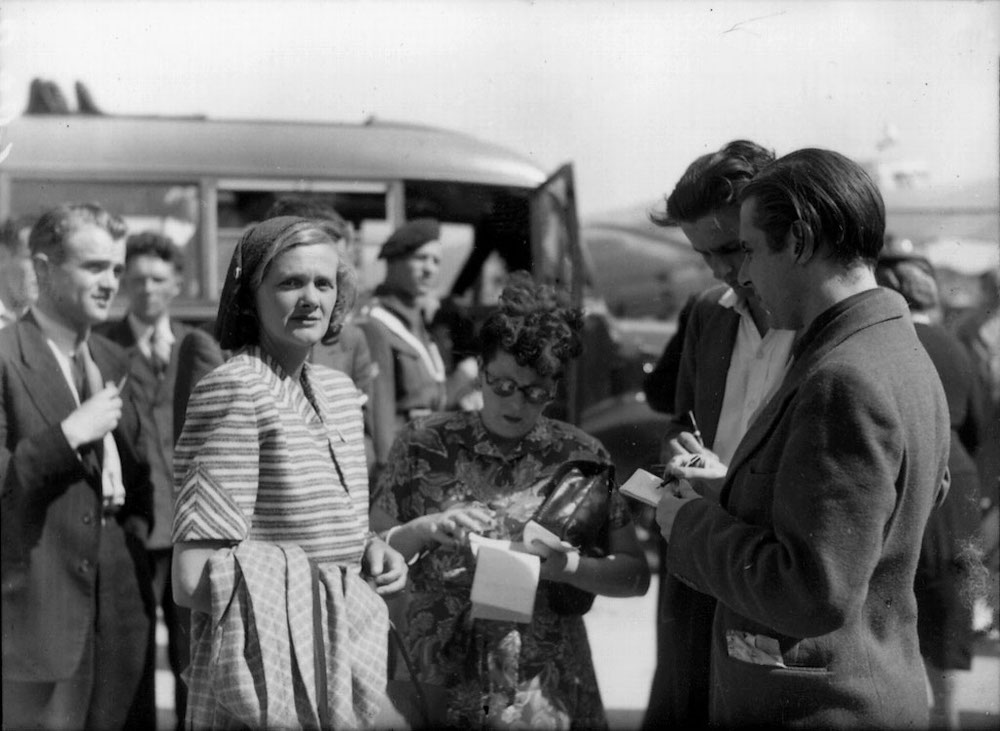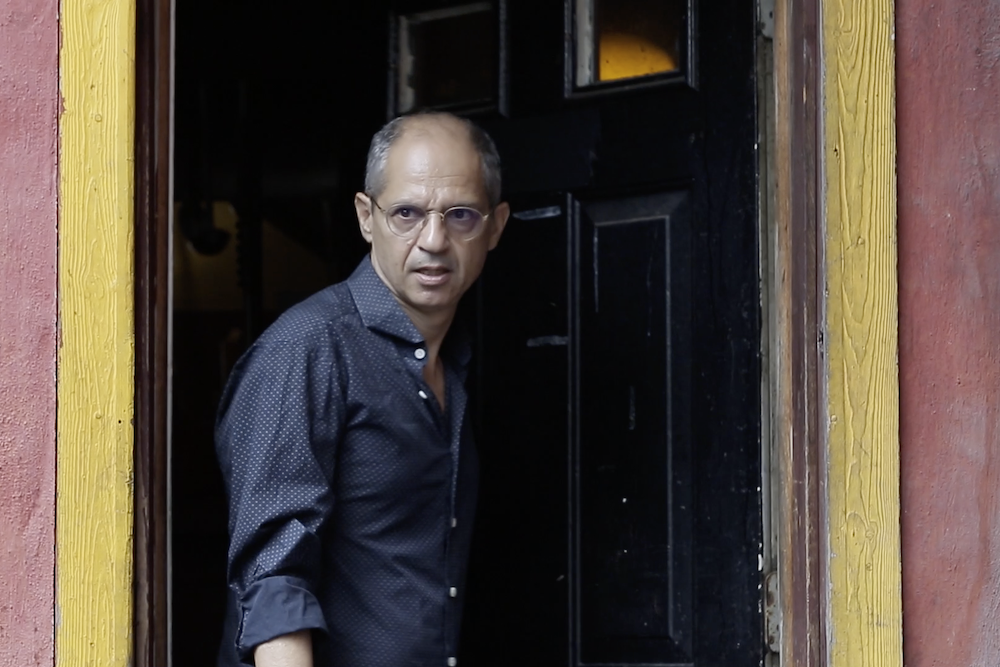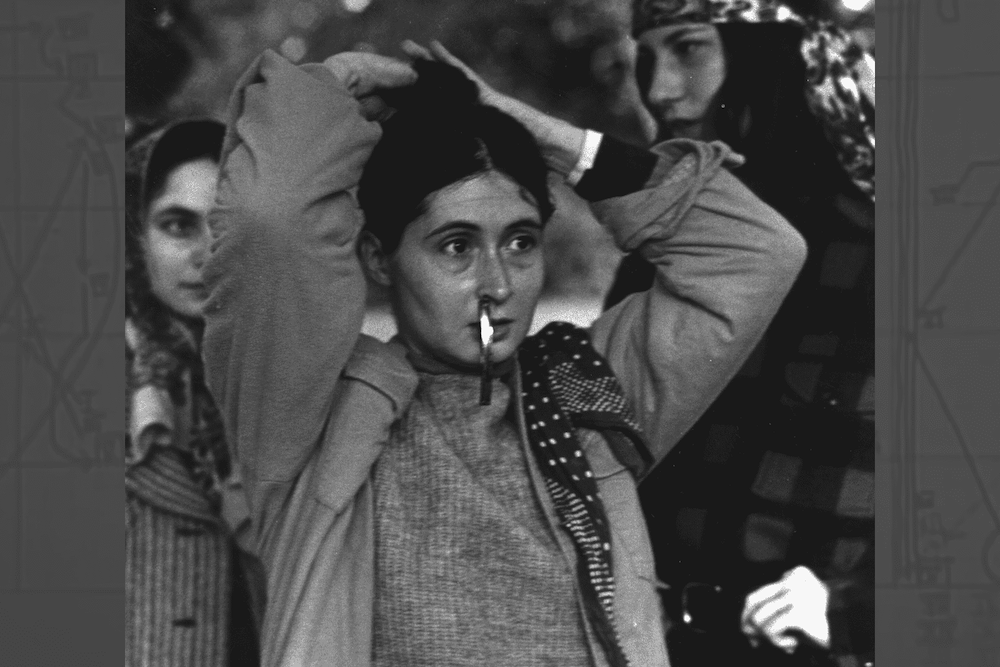Many artists are in some sense cannibals, but the filmmaker Caveh Zahedi takes it further than most. The initial premise of his brilliantly deranged series The Show about the Show was that each episode would be about the making of the one before it (so Episode 1 follows Zahedi’s travails in selling the show’s pilot, Episode 2 reveals what went wrong behind the scenes of Episode 1, and so on). When a moment hadn’t been caught on camera, he’d ask everyone to re-create it; if someone refused to repeat the embarrassing thing they’d said, he’d cast an actor to play them instead. The recursive formula broke down with Season 2, which focuses on the demise of Zahedi’s marriage, thanks to his maniacal exploitation of it during Season 1 (the divorce negotiations required that he replace his children with animations on The Show). It’s all fascinating to watch—like social media in reverse, where everything a normal person wants to hide is on seemingly unfiltered display. Zahedi now has nine days left on Kickstarter to raise enough money to finish seasons 3 and 4, and for ten thousand dollars, he’s prepared to make a short film about you; viewers of the first two seasons might feel we’d pay nearly that much to stay off-screen. —Lidija Haas
If you’re like me, then you’ve been obsessively awaiting the follow-up to Claire-Louise Bennett’s debut novel, Pond, since 2016. At long last, her second novel, Checkout 19, has arrived in the United Kingdom, and I abandoned my paper preferences to devour it the only way I could stateside: via PDF. A roaming literary history of the writer as a young woman, Checkout 19 follows its narrator through the books she consumes and people she meets, adding a ravenous appetite for stories to the intense solitude first seen in Pond. Anaïs Nin, Clarice Lispector, and Ann Quin in particular influence the resulting work, but Bennett’s talent is entirely her own. “Yes, we liked one book now and one book then,” Bennett writes in the opening section of Checkout 19. I can now confidently say I like two. —Nikki Shaner-Bradford
I received a compliment the other day on my ability to transition from bathing suit to streetwear in plain sight. I explained that I had acquired the skill dancing through adolescence, spending all that time in changing rooms embarrassed of a changing body. Watching the PBS documentary American Masters: Twyla Moves, I was reminded of what I had gained and lost by dancing through puberty. Maybe no one is more in love with the line between what is awkward and what is grace than Twyla Tharp, who has been dancing and choreographing for nearly all her eighty years and has carried on, recently, through Zoom. From avant-garde to Broadway, Tharp has remained loyal to the authenticity of movement through an incredibly productive and varied career. Of course she made me miss the Marley, but her drive transcends dance, making the documentary a kind of hip pep talk for everybody. —Julia Berick
When I finished listening to Axel Kacoutié’s How to Remember for the first time, I was slack-jawed. I don’t know if I have ever heard something like it. This audio poem is a stunning meditation and, even more, completely immersive. Audio from the poet’s home tapes cuts to a soft piano playing, crashing ocean waves, and the chatter of passersby as Kacoutié mulls over his identity. I often find myself thinking of this line: “You are not this terrible thing that needs to be grateful for being here.” Luscious sonic scenes lift you to someplace special—the inside of Kacoutié’s mind. It’s audio art at its finest and a poetic experience that isn’t to be missed. —Lauren Williams
I’ve been rereading Daphne du Maurier’s short stories. I had forgotten just how intensely creepy and odd they are. The very best among them truly feel like the product of a slightly unhinged mind—and indeed, those included in her excellent 1959 collection The Breaking Point were written during a period of great mental distress as she perched on the knife-edge of a nervous breakdown. But I’ve been especially captivated by “The Birds,” which originally appeared in the 1952 collection The Apple Tree. Set in rural Cornwall in the middle of a cruel and cold “black winter,” the story couldn’t be further from the Technicolor Californian landscape of Hitchcock’s famous film adaptation. Also, the hypothesis put forward in the story—that the feathered creatures’ violent behavior has been brought on by a change in weather systems—just screams contemporary cli-fi. —Lucy Scholes

Photo: Ben van Meerendonk / AHF, collectie IISG, Amsterdam. CC BY-SA 2.0 (https://ift.tt/UbRXBT), via Wikimedia Commons.
Read “The Madame Bovary of North-East London,” the latest installment of Lucy Scholes’s column Re-Covered.
from The Paris Review https://ift.tt/3BKp8kJ


Comments
Post a Comment